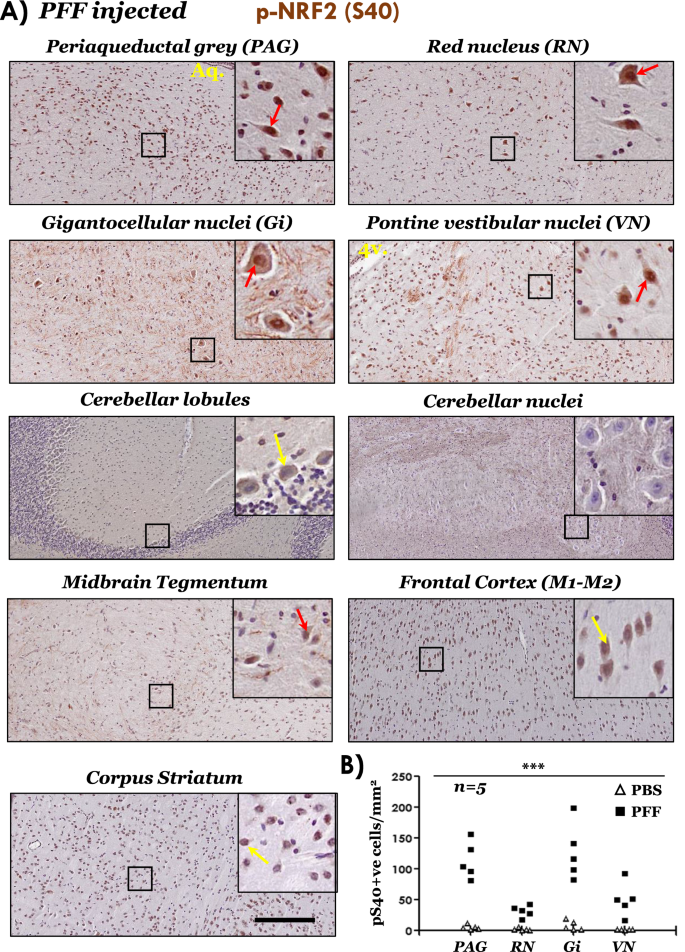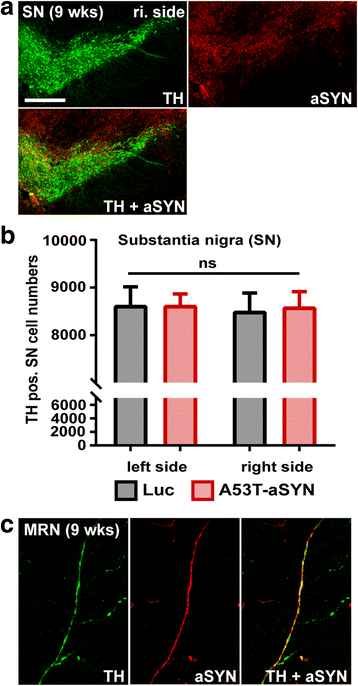

Current treatments for these disorders are palliative rather than curative and their effectiveness is still far from satisfactory. Neurodegenerative disorders, such as Parkinson's disease (PD), Alzheimer's disease (AD) and frontotemporal dementia (FTD), result from the progressive loss of specific neuronal populations leading to the progressive appearance of the clinical symptoms that are characteristic of each disorder. Neurodegenerative Disorders as Protein Aggregopathies In this review, we cover recent findings in the field and discuss how targeting phosphorylation events might be used for therapeutic intervention in these devastating diseases of the nervous system. Through the use of a variety of model organisms and technical approaches, we are now gaining stronger insight into the effects of phosphorylation in the behavior of these proteins. Again, our understanding of the precise consequences of tau phosphorylation in the biology and pathophysiology of the protein is still limited. In AD and in FTD, hyperphosphorylation of tau protein causes its misfolding and aggregation. Other residues have also been shown to be phosphorylated, but the significance of phosphorylation in the biology and pathophysiology of the protein is still controversial. In PD, alpha-synuclein (aSyn) forms protein aggregates, known as Lewy bodies, and is phosphorylated at serine 129. However, we still do not fully understand the mechanisms governing protein aggregation, and whether this constitutes a protective or detrimental process. In these disorders, the misfolding and aggregation of specific proteins occurs alongside neuronal degeneration in somewhat specific brain areas, depending on the disorder and the stage of the disease. Protein misfolding and aggregation is a common hallmark in neurodegenerative disorders, including Alzheimer's disease (AD), Parkinson's disease (PD), and fronto-temporal dementia (FTD).

4Department of NeuroDegeneration and Restorative Research, Center for Nanoscale Microscopy and Molecular Physiology of the Brain, University Medical Center Göttingen, Göttingen, Germany.3Instituto de Fisiologia, Faculdade de Medicina da Universidade de Lisboa, Lisboa, Portugal.2Department of Neurology, Center for Nanoscale Microscopy and Molecular Physiology of the Brain, University Medical Center Göttingen, Göttingen, Germany.1Cell and Molecular Neuroscience Unit, Instituto de Medicina Molecular, Lisboa, Portugal.Sandra Tenreiro 1, Katrin Eckermann 2 and Tiago F.


 0 kommentar(er)
0 kommentar(er)
